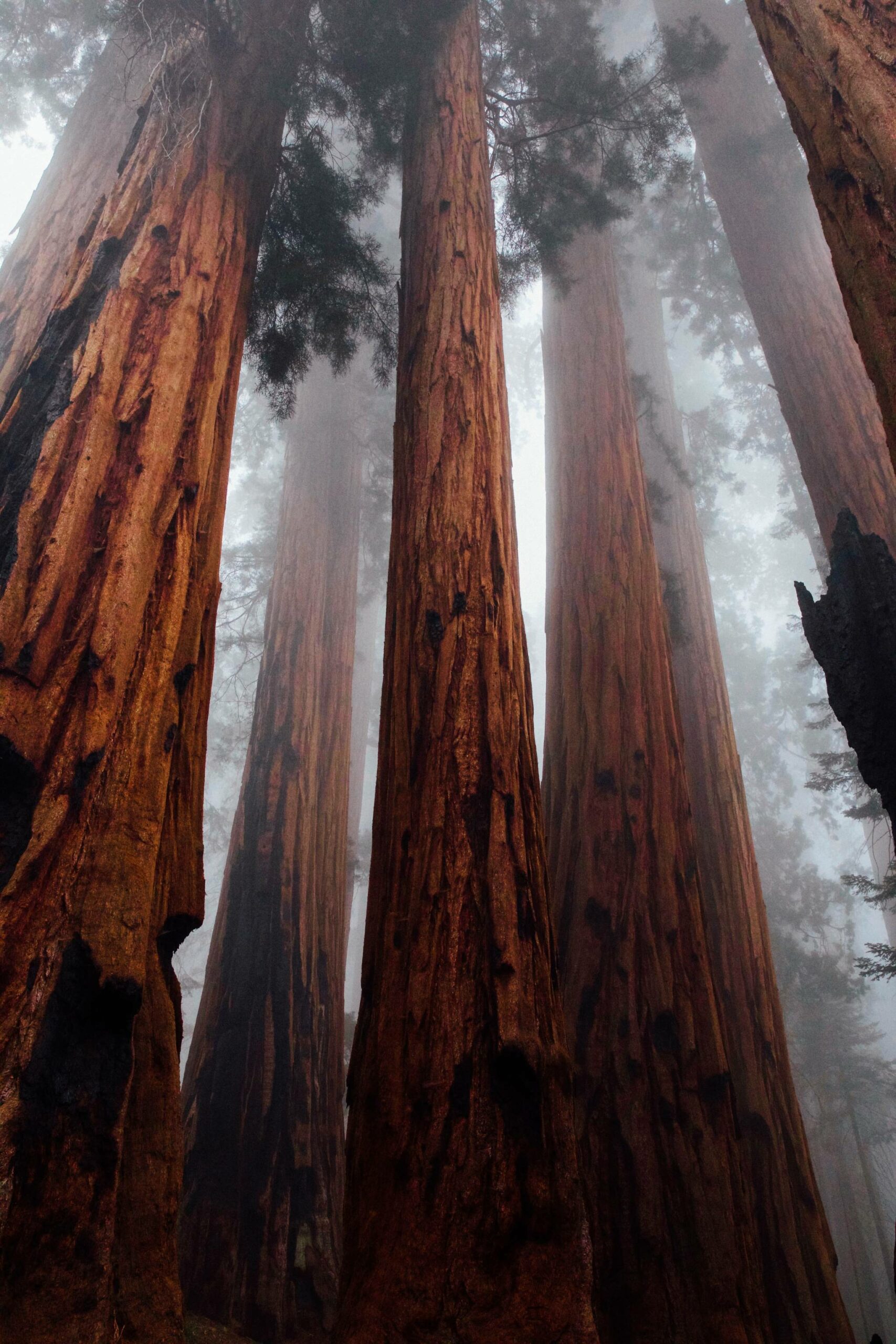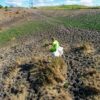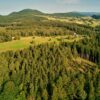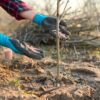Monthly Report - January 2024
The log price consolidations we saw Q4 2023 have remained for January. We have seen small lifts in export prices. Domestic prices remain stable with some factors moving toward the positive.
The export prices could have been higher at NZ wharf gate basis but for the Insurgents hitting and bombing Israeli crewed vessels in the Suez Canal. This now sees vessels taking the extra 18day voyage around the Horn rather than run the risks posed by the Suez option.
This in turn removes a significant component of larger vessel shipping capacity and supply demand forces 101 adds US$3 – 4 per cubic metre to a NZ log export charterer. And that happened almost overnight.
This, combined with the Gaza strip conflict and the on-going Ukrainian conflict ensuring Oil prices have come under upward pressure and we have shipping costs heading very much in the wrong direction, if you don’t happen to own a log vessel that is.
January settlements in China have been US$128 ish per cubic metre CFR A grade basis. This is a standard 30cm+ log at wharf side China. Over the last 10 years we have seen price levels between US$90 and $190 and in 2023 between US$105 and $140 per cubic metre.
The more important number to Forest Owners is the net return at wharf gate after shipping and NZ port costs. At or about the current NZ$110 per cubic metre at wharf gate standard A grade basis central South Island Ports, we are in about the top 80 percentile of the market of the last 2 years.
Over the last 4 months we have seen a quiet creeping effect on the CFR price in China, climbing from US$115 to the current $128. Given factors in China, which are generally adverse in terms of the broader economy, the current levels are likely to be the medium-term peak and may struggle to hold.
Let’s take a quick gander the wood fibre supply from our (NZ) commercial forests of which 90% is Radiata pine. Average annual log production has been in a 30 – 34million cubic metre range for the last 4 – 5 years. 65 – 70% of the volume is exported and 30% is consumed by domestic processors like sawmills, plywood and MDF plants. About 40% of the locally processed products are exported leaving a relatively small portion consumed by our small population.
And no, we do not need another sawmill. A major one in the North Island just closed, a function of over-supply and poor sales prices. In essence NZ needs to maintain a log export market if forest owners are to have both a market and reasonable value proposition for their forests.
Currently, China imports close to 90% of our export logs – about 40 vessels per month. Korea takes about 8%, Japan, India, Vietnam and a couple of others, make up the balance.
NZ total reliance on China is without alternatives, at least for the moment. India has been quoted as the shiny new beacon on the horizon. These are the words of people who have obviously never tried to do business in India. Problematic likely best describes that opportunity. A significant combined investment by NZ to construct and own the supply Chain from the forest gate to the end user in India might work. Something like your NZ ITM store on steroids. Good luck with that.
Erstwhile our domestic sawmills are chugging along, offering forest owners an ongoing and stable price point at good levels. The year appears to have started off with not so much as a bang but a small practice tap on the Xylophone. At least the order phone has started to ring and a better air of confidence pervades. Like the log exporters, international affairs and man’s propensity for war are very concerning for our producers of lumber and finished and semi-finished products. Most commentary is around the negative impacts and down-stream effects of upset trade routes, oil price hikes, rising shipping costs and lack of demand.
All in all a potentially challenging year ahead, but hey after 2023 it cannot be worse, surely?
As always, please remember the thoroughly important message, “it remains, as always, fundamentally important, the only way forward for climate, country and the planet, is to get out there and plant more trees”!
Allan Laurie.
Laurie Forestry.












